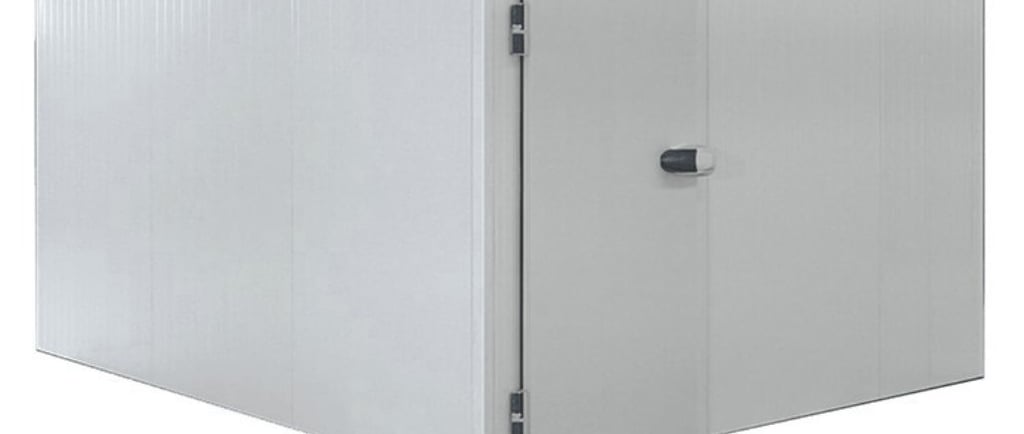Essential Winter Cold room Storage Maintenance: What You Need to Do
Winter cold room storage maintenance is to ensure that hengliangcooling's cold storage in the cold season normal operation and extend the service life of the key links.
11/26/20242 分钟阅读


Winter cold storage maintenance is to ensure that hengliangcooling's cold storage in the cold season normal operation and extend the service life of the key links. The following are some winter cold storage maintenance notes:
I.equipment inspection and maintenance
Refrigeration unit:
Regularly check the operating status of the refrigeration unit, including the compressor, condenser, evaporator and other major components.
Clean the dust and debris on the surface of the unit to maintain good heat dissipation.
Check whether the pressure and temperature of the refrigerant are within the normal range.
Pipes and valves:
Regularly check the pipes and valves in the cold storage to prevent leakage and blockage.
Insulate the pipelines to prevent pipeline rupture caused by low temperature in winter.
Other equipment:
Check the quality and oil level of the reducer lubricant, and keep the oil circuit free.
Clean the fan blades and internal dust accumulation of the chiller to ensure air circulation.
Check whether the motor and transmission belt are loose and adjust the tightness of the transmission belt.
II. Environmental control
Keep the interior dry:
A humid environment can easily lead to the growth of bacteria and mold, affecting the preservation effect. Therefore, keep the inside of the cold storage dry.
Avoid bringing in a lot of water vapor when goods are in and out.
Use moisture-proof materials to inhibit moisture absorption and enhance ventilation.
Defrosting and drainage:
Regularly remove the frost around the cold storage door to avoid ice blocking the opening of the cold storage door.
Check whether the drainage outlet is smooth to prevent water accumulation.
III. Cleaning and Disinfection
Clean up the interior:
Regularly clean the impurities and garbage inside the cold storage to keep the interior tidy.
Clean and maintain the pipelines, evaporators and chillers and other parts inside the cold storage.
Disinfecting treatment:
Use disinfectant solution to disinfect the inside of the cold storage to prevent bacteria from breeding.
IV. Insulation and sealing
Check the insulation material:
Insulation performance and sealing performance are the key factors of fresh cold storage. Winter insulation materials are prone to moisture failure, so it is necessary to regularly check the performance of insulation materials and sealing performance is good.
If the insulation material is found to be damp or damaged, it should be replaced in time and strengthen the sealing measures.
Check the cold storage door:
Ensure the safety and sealing of the cold storage door to prevent external moisture from entering the inside of the cold storage.
V. Safety precautions
Fire prevention and anti-theft:
Install fire prevention facilities such as fire doors and fire alarms, and conduct regular inspections.
Strengthen anti-theft measures to ensure the safety of materials inside the cold storage.
Safety warning and training:
Set up obvious safety warning signs in the cold storage to remind employees of safety matters.
Regularly conduct safety training for cold storage employees to improve their safety awareness and ability to deal with emergencies.
Avoid open flame and static electricity:
Avoid open fire and static electricity in the maintenance process to prevent fire accidents.
VI. Maintenance frequency
Determine the maintenance frequency according to the type and use of the cold storage. Generally speaking, ordinary cold storage is maintained once a year, while low-temperature cold storage requires more frequent maintenance, usually quarterly.
To sum up, hengliangcooling's winter cold storage maintenance needs to be comprehensively considered and implemented in many aspects, such as equipment inspection and maintenance, environmental control, cleaning and disinfection, heat preservation and sealing, safety precautions as well as maintenance frequency.
